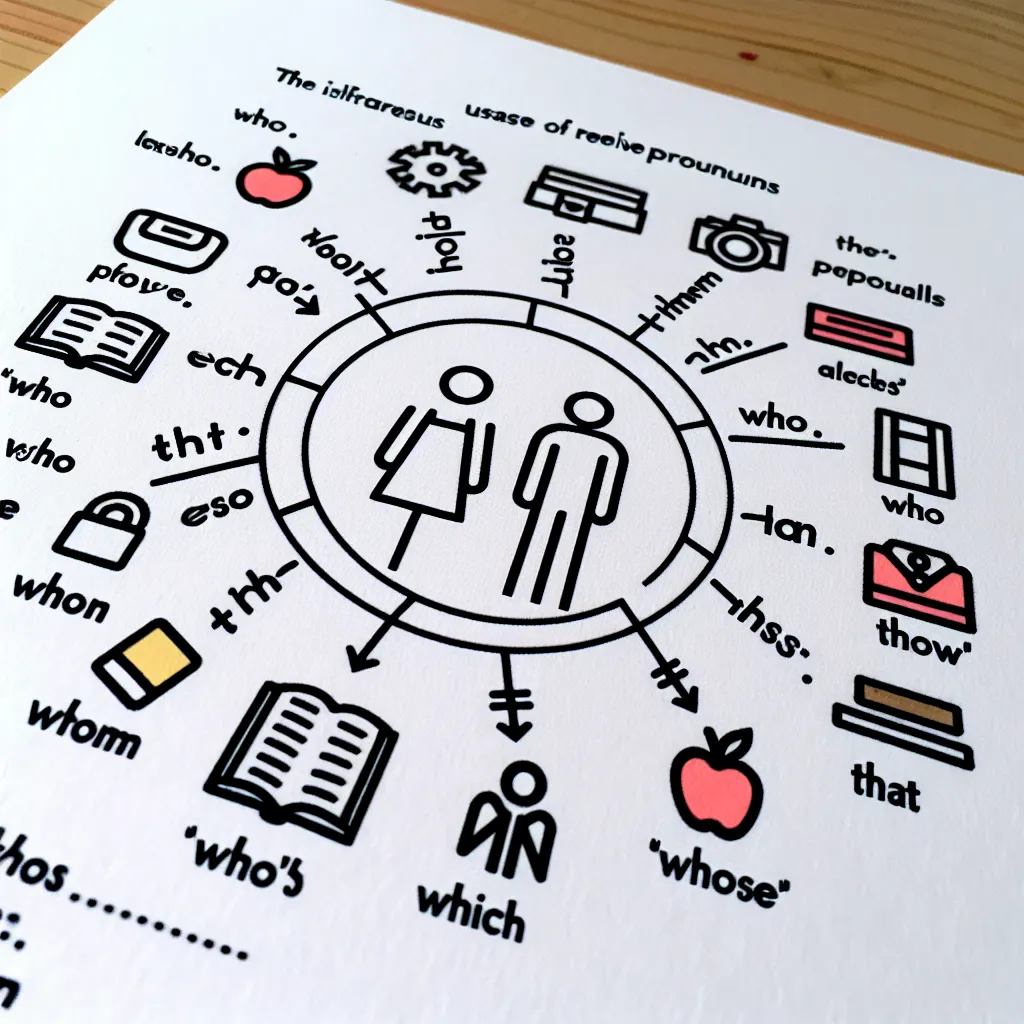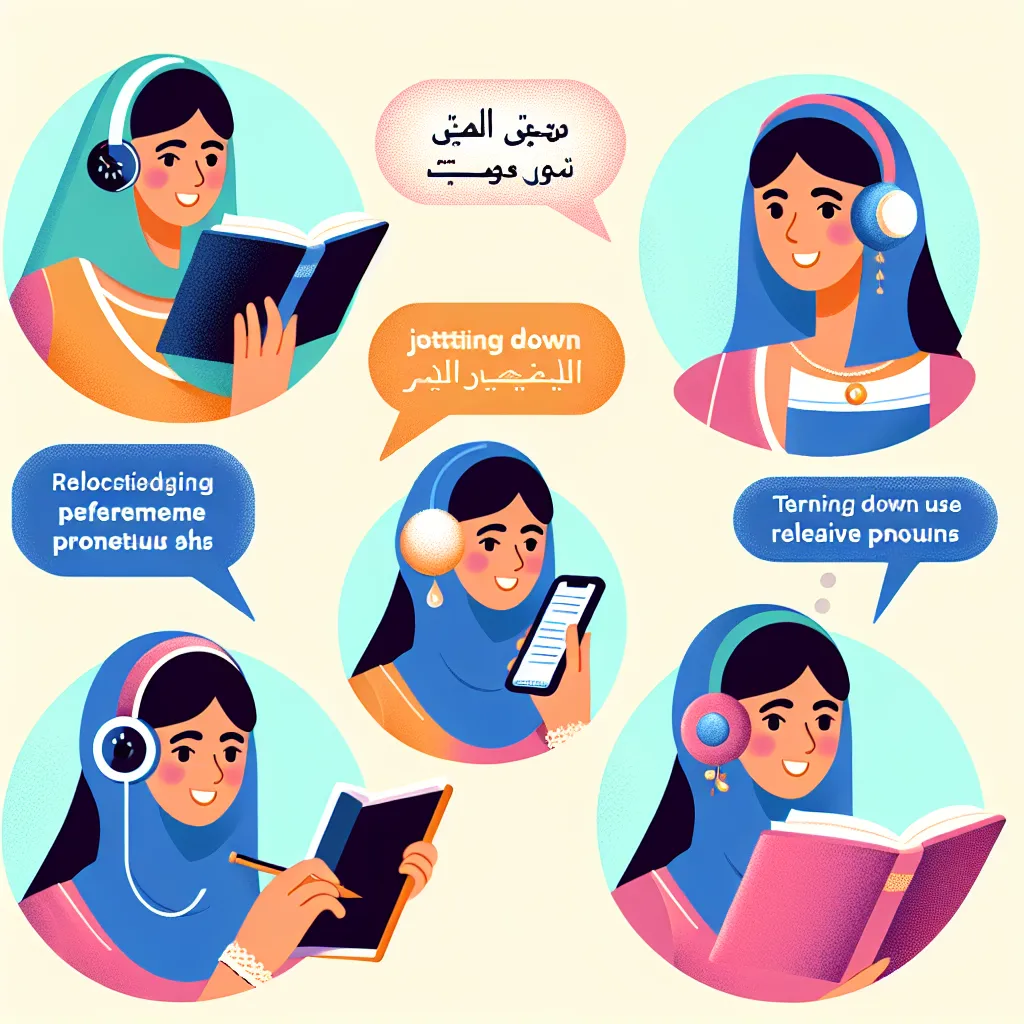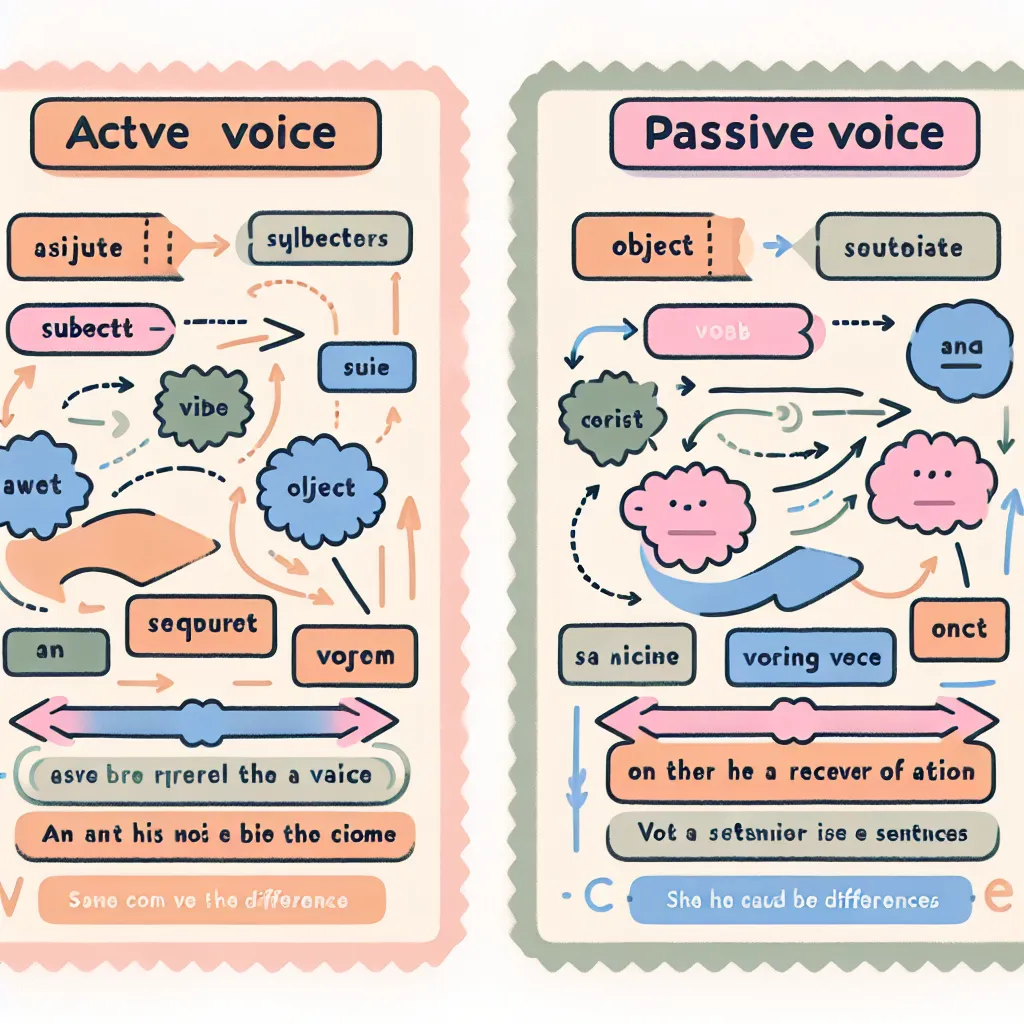Relative pronouns are essential components of English grammar that help us connect clauses and provide additional information about nouns. Mastering these pronouns can significantly enhance your language skills and make your writing more sophisticated. In this comprehensive guide, we’ll explore effective strategies to improve your understanding of relative pronouns.
What Are Relative Pronouns?
Relative pronouns are words that introduce relative clauses, which provide additional information about a noun in the main clause. The most common relative pronouns in English are:
- Who (for people)
- Whom (for people, as the object of a verb or preposition)
- Which (for things)
- That (for people or things)
- Whose (to show possession)
Understanding how to use these pronouns correctly is crucial for clear and effective communication in English.
 Relative Pronouns Diagram
Relative Pronouns Diagram
Strategies to Improve Your Understanding
1. Study Relative Pronoun Usage
To enhance your grasp of relative pronouns, start by thoroughly studying their usage:
-
Who: Used for people as the subject of a clause.
Example: “The woman who lives next door is a doctor.” -
Whom: Used for people as the object of a verb or preposition.
Example: “The candidate whom we interviewed yesterday was impressive.” -
Which: Used for things or animals.
Example: “The book, which I bought last week, is very interesting.” -
That: Can be used for both people and things.
Example: “The car that I drove was very comfortable.” -
Whose: Shows possession for both people and things.
Example: “The student whose essay won the competition is very talented.”
2. Practice with Exercises
Regular practice is key to mastering relative pronouns. Try these exercises:
- Fill-in-the-blank exercises: Complete sentences with the correct relative pronoun.
- Sentence combining: Join two simple sentences using a relative pronoun.
- Error correction: Identify and correct mistakes in sentences with relative pronouns.
You can find many online grammar resources that offer interactive exercises specifically focused on relative pronouns.
3. Read Extensively
Reading a variety of English texts can significantly improve your understanding of relative pronouns in context. Pay attention to how they are used in:
- News articles
- Fiction and non-fiction books
- Academic papers
- Magazine articles
As you read, highlight or note down sentences containing relative pronouns and analyze their usage.
4. Watch English-Language Media
Listening to native speakers use relative pronouns can help you internalize their correct usage. Try:
- Watching English movies and TV shows with subtitles
- Listening to podcasts on various topics
- Following English language YouTube channels
Pay close attention to how relative pronouns are used in natural speech and try to emulate this in your own speaking and writing.
5. Create Your Own Examples
One of the most effective ways to improve your understanding is to create your own examples. Try writing:
- Short stories using various relative pronouns
- Descriptions of people or objects using relative clauses
- Complex sentences about your daily life incorporating relative pronouns
This practice will help you internalize the rules and use relative pronouns more naturally.
 Relative Pronouns Practice
Relative Pronouns Practice
6. Use Mnemonic Devices
Mnemonic devices can be helpful for remembering the correct usage of relative pronouns. For example:
- “WHO” is for people, and it contains the word “HO” which sounds like “human.”
- “WHICH” is for things, and it contains the word “ICH” which sounds like “it.”
Creating your own memorable associations can make it easier to recall the correct pronoun when you need it.
7. Practice with a Language Partner
Engaging in conversation with a language partner can provide valuable practice and feedback. You can:
- Take turns creating sentences with relative pronouns
- Correct each other’s usage
- Discuss any confusing aspects of relative pronouns
Many language exchange websites and apps can help you find a suitable partner for practice.
Common Mistakes to Avoid
As you improve your understanding of relative pronouns, be aware of these common mistakes:
-
Confusing “who” and “whom”: Remember, “who” is used as the subject, while “whom” is used as the object.
Incorrect: “The man whom called yesterday left a message.”
Correct: “The man who called yesterday left a message.” -
Overusing “that”: While “that” can often be used interchangeably with “which” or “who,” it’s sometimes better to use the more specific pronoun.
Less specific: “The person that I met was friendly.”
More specific: “The person whom I met was friendly.” -
Forgetting to use commas with non-restrictive clauses: Non-restrictive clauses (which add extra information but are not essential to the sentence’s meaning) should be set off with commas.
Incorrect: “My sister who lives in New York is visiting next week.”
Correct: “My sister, who lives in New York, is visiting next week.”
Next Steps
To further improve your understanding of relative pronouns:
- Take an online grammar quiz focused on relative pronouns to assess your current level.
- Set a goal to use at least five sentences with relative pronouns in your daily English practice.
- Review your past writings and try to incorporate relative pronouns where appropriate.
- Join an English grammar forum or discussion group to ask questions and share your progress.
Remember, mastering relative pronouns takes time and practice. Be patient with yourself and celebrate your progress along the way.
In conclusion, improving your understanding of relative pronouns is a valuable step in enhancing your overall English language skills. By following these strategies and consistently practicing, you’ll soon find yourself using relative pronouns with greater confidence and accuracy. Keep challenging yourself, and don’t hesitate to seek help when needed. Your improved grasp of relative pronouns will contribute to more sophisticated and clear communication in English.




